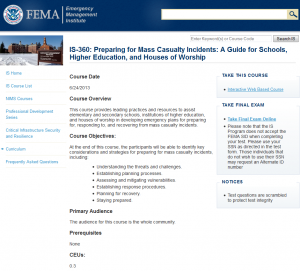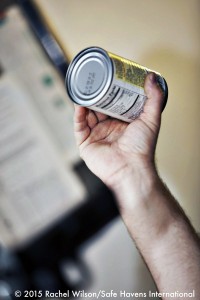Deadly school shooting by elementary school principal
On February 1st, 1960, 44-year-old principal Leonard Redden opened fire with a shotgun at William Reed Elementary School in Hartford Indiana killed two school teachers. According to the February 2nd, 1960 Lawrence Journal, Redden entered the classroom of 52-year-old teacher Harriet Robinson and shot her in the chest as about 30 students watched in shock. Redden then apparently shot and killed 62-year-old Minnie McFarren while her students were present. Dave Woodward, Director of the Indiana School Safety Specialist’s Academy, was kind enough to forward a copy of the newspaper article about this shooting after a School Safety Specialist sent it to him. Dave noted that the article regarding this tragic act of school violence was only a short single column of a few hundred words length. He also pointed out that an article on whether the groundhog had seen his shadow on the same page was twice as long.
Has school violence really increased or are we simply more aware of the danger?
This is an excellent example of how the twenty four hour news cycle has changed our perceptions of school violence. If the same type of incident occurred today, the event would garner intensive media coverage. Each year, I find out about incidents of school violence like this one that I have never before heard of. The myth that major acts of school violence are a new phenomenon is a pervasive one. It is understandable that the intensive media coverage of tragic school events can and often do cause people to have this perspective. At the same time, inaccurate perceptions relating to the risk of school violence do cause significant harm. Unrealistic fears can prevent people from shopping at a local mall, flying on an airplane to visit loved ones and in some cases, not to participate in our schools. For example, I have spoken to parents who have decided to home school their children as well as adults who decided not to teach because of active shooter fears. While these may not be typical reactions, they epitomize the many ways that unrealistic levels of fear of school violence have a negative impact on our educational system.
School violence – Replacing fear with knowledge
Though the industry of fear is pervasive in America, we urge educators, public safety officials, elected officials, students and parents to gain a more accurate understanding of the real risks and proven solutions for school violence. Stephen Satterly’s excellent paper Relative Risks of Death in K12 Schools, published in April 2014, helps to bring improved clarity to the issue of school violence. It is important that we continue to replace fear with reason when it comes to school violence.


